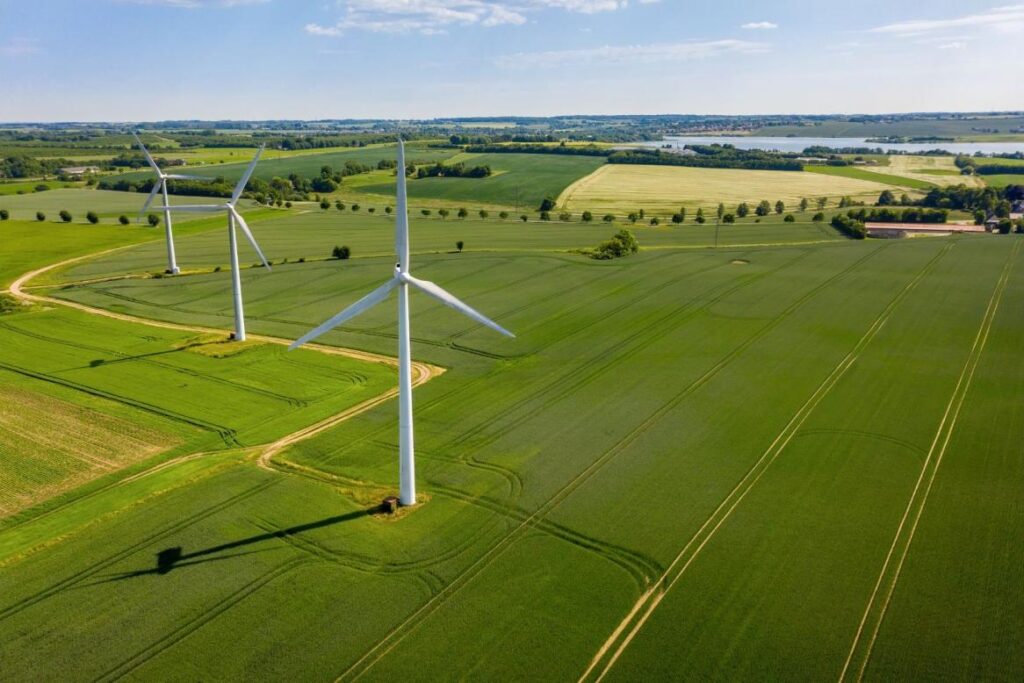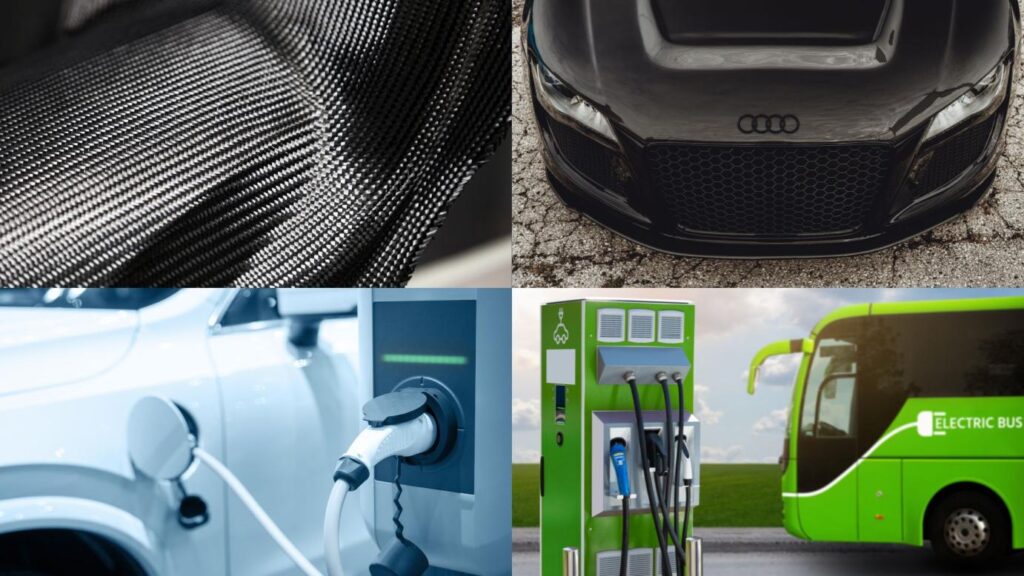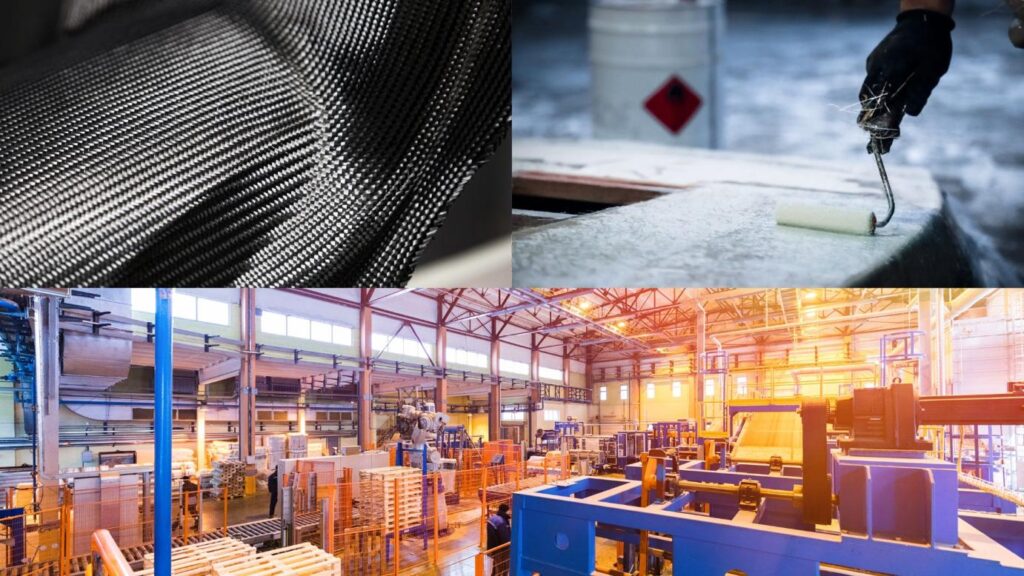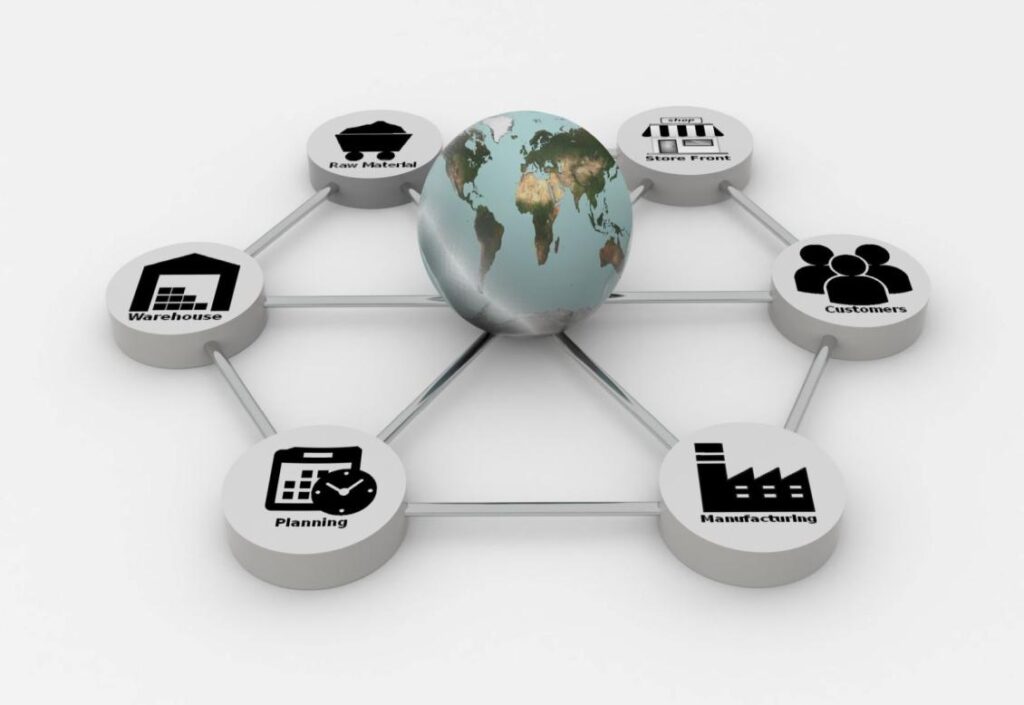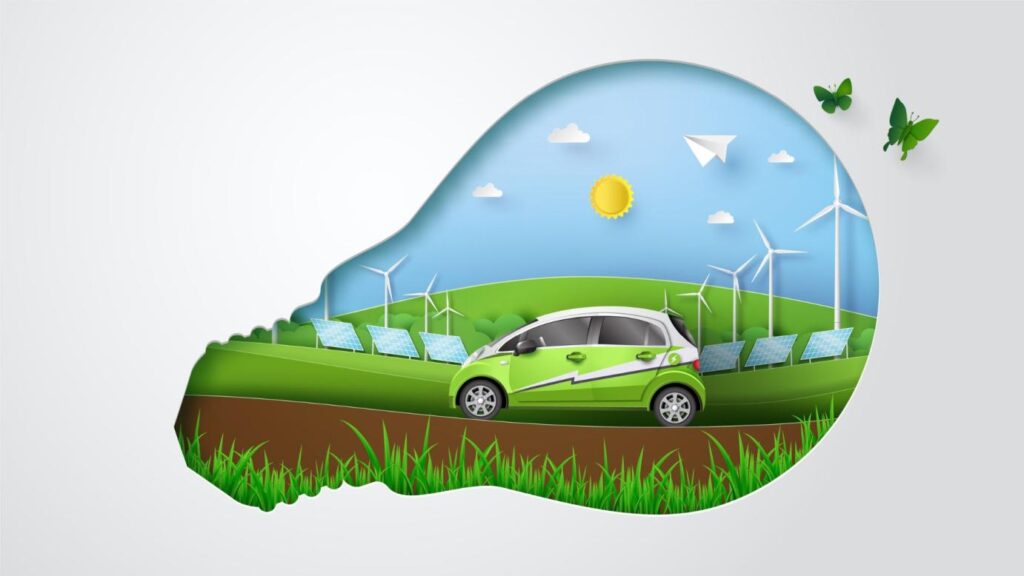Table of Contents:
- Introduction
- Understanding Composite Materials
- Composite Materials in Wind Turbine Blades
- Benefits of Composite Materials
- Types of Composite Materials Used
- Improved Efficiency with Composite Materials
- Lightweight Design
- Aerodynamic Performance
- Reduced Maintenance
- Increased Durability and Longevity
- Resistance to Corrosion and Fatigue
- Enhanced Structural Integrity
- Environmental Impact and Sustainability
- Reduced Carbon Footprint
- Recycling and End-of-Life Considerations
- Future Advancements in Composite Materials
- Conclusion
- FAQs
Composite Materials for Wind Energy
Composite materials have revolutionized various industries, including the field of wind energy. In the quest for more efficient and high-performing wind turbines, engineers and researchers have turned to composite materials to enhance their design and capabilities. By leveraging the unique properties of these materials, wind turbine manufacturers have been able to improve efficiency, increase durability, and reduce environmental impact. In this article, we will explore how composite materials are enhancing the efficiency and performance of wind turbines.
Understanding Composite Materials
Composite materials are engineered materials made by combining two or more different components. Typically, these materials consist of a matrix and reinforcing fibers. The matrix material holds the fibers together, providing strength and support, while the fibers contribute to the material’s overall mechanical properties. In the case of wind turbine blades, the matrix is often a polymer resin, and the reinforcing fibers are commonly made of carbon, glass, or aramid.
Composite Materials in Wind Turbine Blades
Benefits of Composite Materials
The use of composite materials in wind turbine blades offers several advantages. Firstly, composites are known for their high strength-to-weight ratio, making them ideal for lightweight applications. This characteristic allows wind turbine blades to be longer and more flexible, capturing a greater amount of energy from the wind. Additionally, composite materials exhibit excellent fatigue resistance, enabling the blades to withstand continuous cyclic loading without structural degradation.
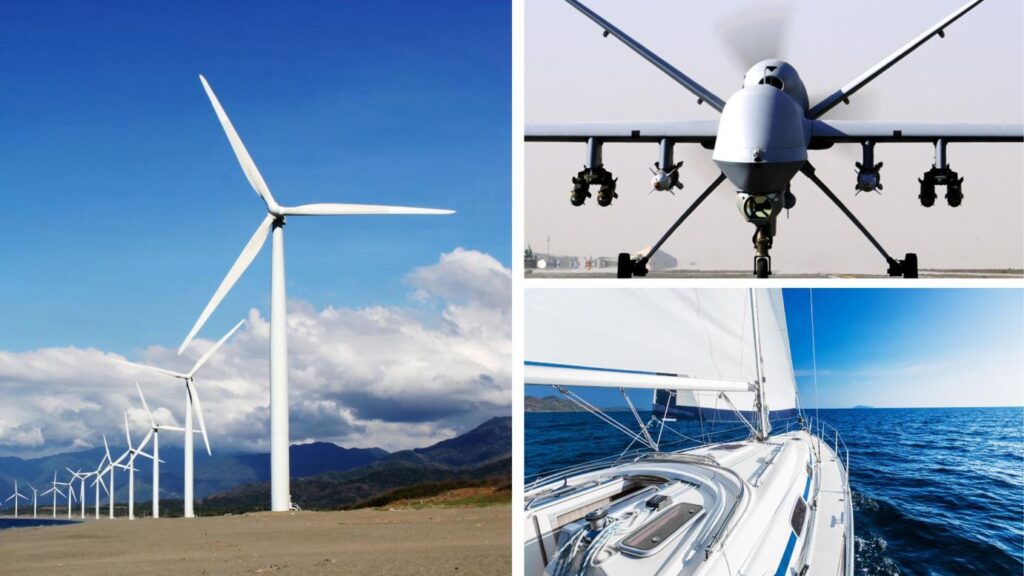
Types of Composite Materials Used
Different types of composite materials find application in wind turbine blades. Carbon fiber reinforced polymer (CFRP) composites are widely used due to their exceptional strength and stiffness. These materials are known for their low weight and high durability, making them suitable for long-term use in demanding wind environments. Glass fiber reinforced polymer (GFRP) composites are another common choice, offering cost-effective solutions with good mechanical properties.
Improved Efficiency with Composite Materials
Lightweight Design
One of the key advantages of composite materials is their lightweight nature. By utilizing these materials in wind turbine blades, manufacturers can achieve larger blade lengths without compromising structural integrity. Longer blades have a larger swept area, meaning they can capture more energy from the wind. This increased surface area results in higher power generation and improved efficiency.
Aerodynamic Performance
Composite materials enable the design of aerodynamically efficient wind turbine blades. The flexibility of composites allows for the incorporation of complex shapes, such as airfoils, that optimize the interaction between the blades and the wind. This improved aerodynamic performance reduces drag, enhances power output, and enables turbines to operate at lower wind speeds, expanding their usability in various locations.
Reduced Maintenance
Wind turbine maintenance is a costly and time-consuming aspect of wind energy operations. However, composite materials have helped reduce maintenance requirements significantly. Their high resistance to environmental factors, such as corrosion and fatigue, minimizes the need for repairs and replacements. Consequently, wind turbine downtime is reduced, leading to improved productivity and economic viability.
Increased Durability and Longevity
Resistance to Corrosion and Fatigue
Wind turbines are subjected to harsh environmental conditions, including exposure to moisture, temperature fluctuations, and strong winds. Composite materials exhibit excellent resistance to corrosion and fatigue, ensuring the long-term durability of wind turbine blades. This resistance translates into reduced maintenance costs and increased operational lifespans, making wind energy a more sustainable and reliable power source.
Enhanced Structural Integrity
The structural integrity of wind turbine blades is crucial for their optimal performance. Composite materials provide enhanced structural stability, allowing the blades to withstand various loads and vibrations. This increased strength and rigidity ensure that the blades maintain their shape and performance over time, even under extreme operating conditions.
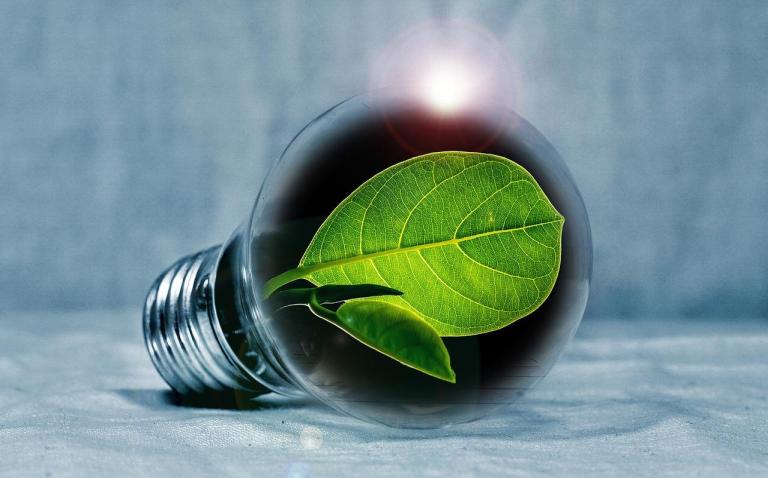
Environmental Impact and Sustainability
Reduced Carbon Footprint
As the world seeks cleaner and greener energy alternatives, wind power plays a vital role in mitigating climate change. Composite materials contribute to the sustainability of wind energy by reducing the carbon footprint associated with turbine production and operation. The lightweight design of composite blades reduces transportation energy requirements, while their durability reduces the need for frequent replacements, further minimizing environmental impact.
Recycling and End-of-Life Considerations
Another aspect of sustainability lies in the end-of-life phase of wind turbine blades. Composite materials can be recycled and repurposed, ensuring that they do not become waste in landfills. Innovative recycling techniques are being developed to recover valuable components and fibers from decommissioned blades, enabling a circular economy approach for wind turbine materials.
Future Advancements in Composite Materials
As technology continues to advance, so does the potential for further improvements in composite materials for wind turbines. Researchers are exploring new composite formulations, such as bio-based resins, to reduce the reliance on fossil fuel-derived materials. Additionally, advancements in manufacturing processes, such as automated fiber placement and additive manufacturing, are enhancing the quality and efficiency of composite blade production.
Conclusion
Composite materials have revolutionized the wind energy industry by enhancing the efficiency and performance of wind turbines. Through their lightweight design, aerodynamic benefits, and improved durability, composite materials enable higher power generation, reduced maintenance, and longer operational lifespans. Furthermore, their environmental sustainability contributes to the global shift towards cleaner and greener energy sources. As technology advances, we can expect continuous advancements in composite materials, paving the way for even more efficient and sustainable wind energy solutions.
FAQs
- Are composite materials more expensive than traditional materials for wind turbines? Composite materials may have a higher upfront cost, but their long-term benefits, such as reduced maintenance and increased efficiency, outweigh the initial investment.
- Can wind turbine blades made of composite materials withstand extreme weather conditions? Yes, composite materials offer excellent resistance to harsh weather conditions, including strong winds, temperature variations, and moisture, ensuring the durability of wind turbine blades.
- Are composite materials recyclable? Yes, composite materials can be recycled. Efforts are being made to develop efficient recycling processes to minimize waste and promote sustainability in the wind energy industry.
- How do composite materials contribute to reducing the carbon footprint of wind turbines? Composite materials contribute to reducing the carbon footprint of wind turbines through their lightweight design, which reduces transportation energy requirements, and their long operational lifespans, which minimize the need for replacements.
- What are the future trends in composite materials for wind turbines? The future of composite materials in wind turbines lies in the development of bio-based resins, advanced manufacturing techniques, and innovative recycling methods to further improve their sustainability and performance.

